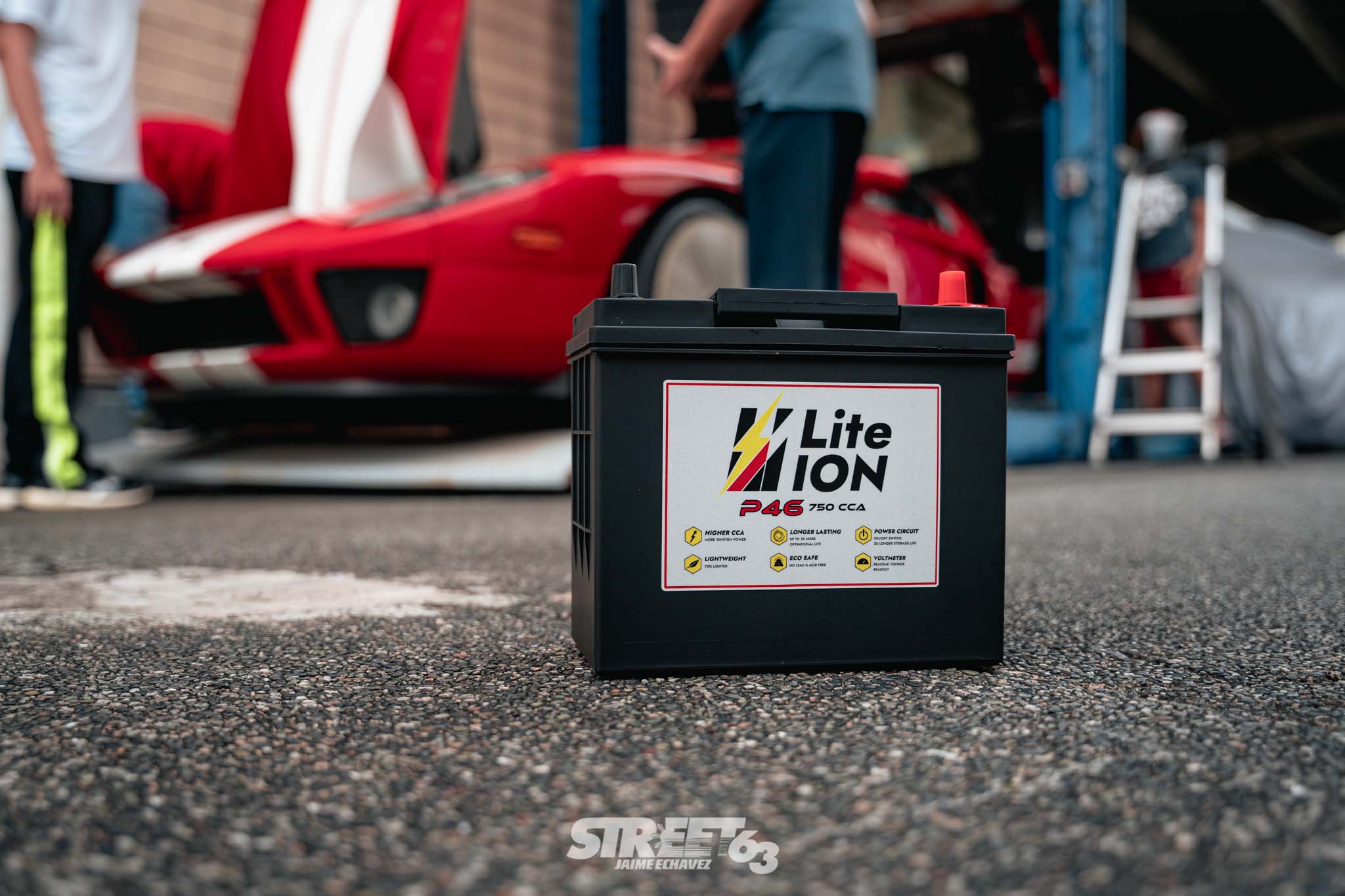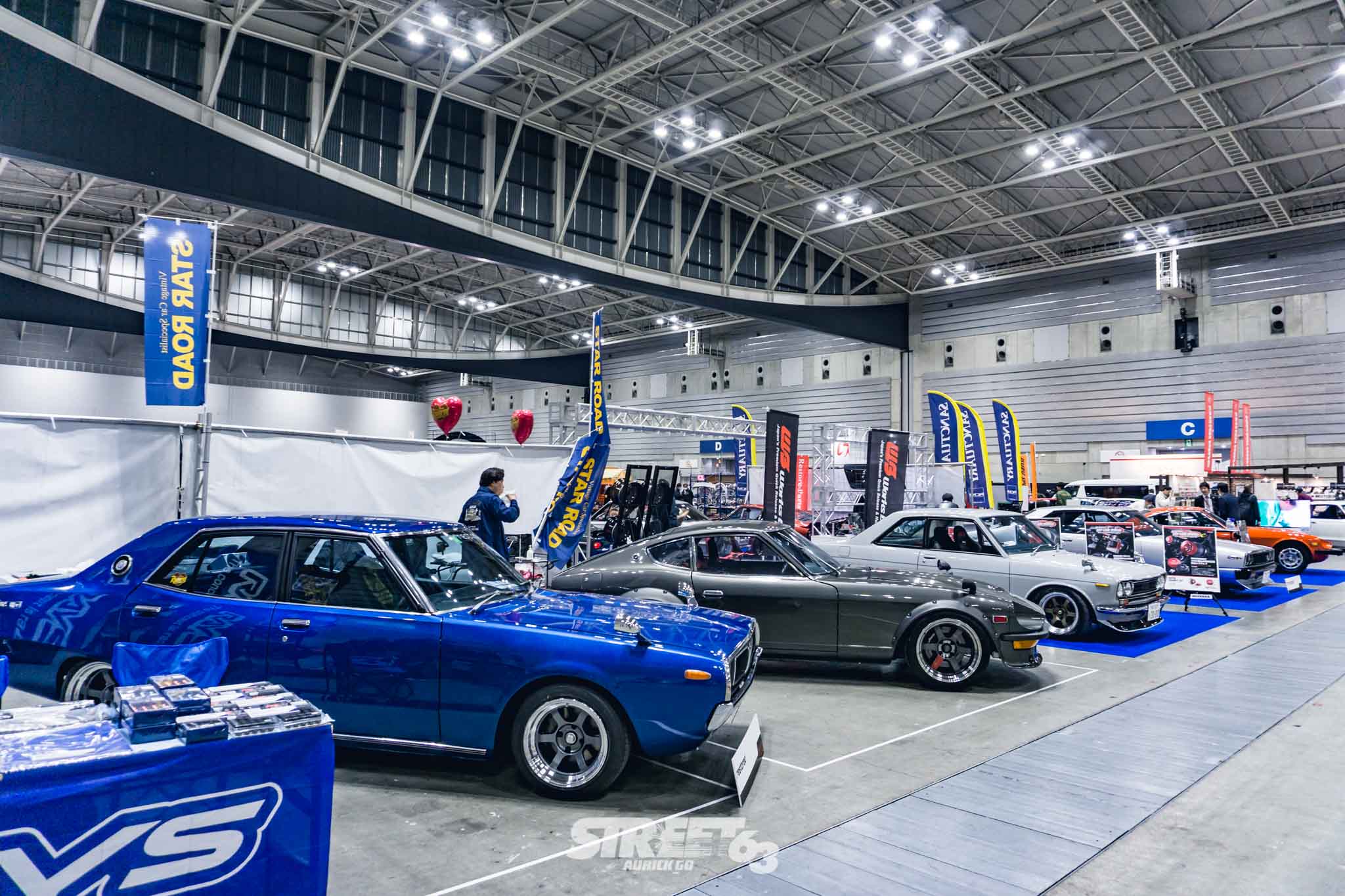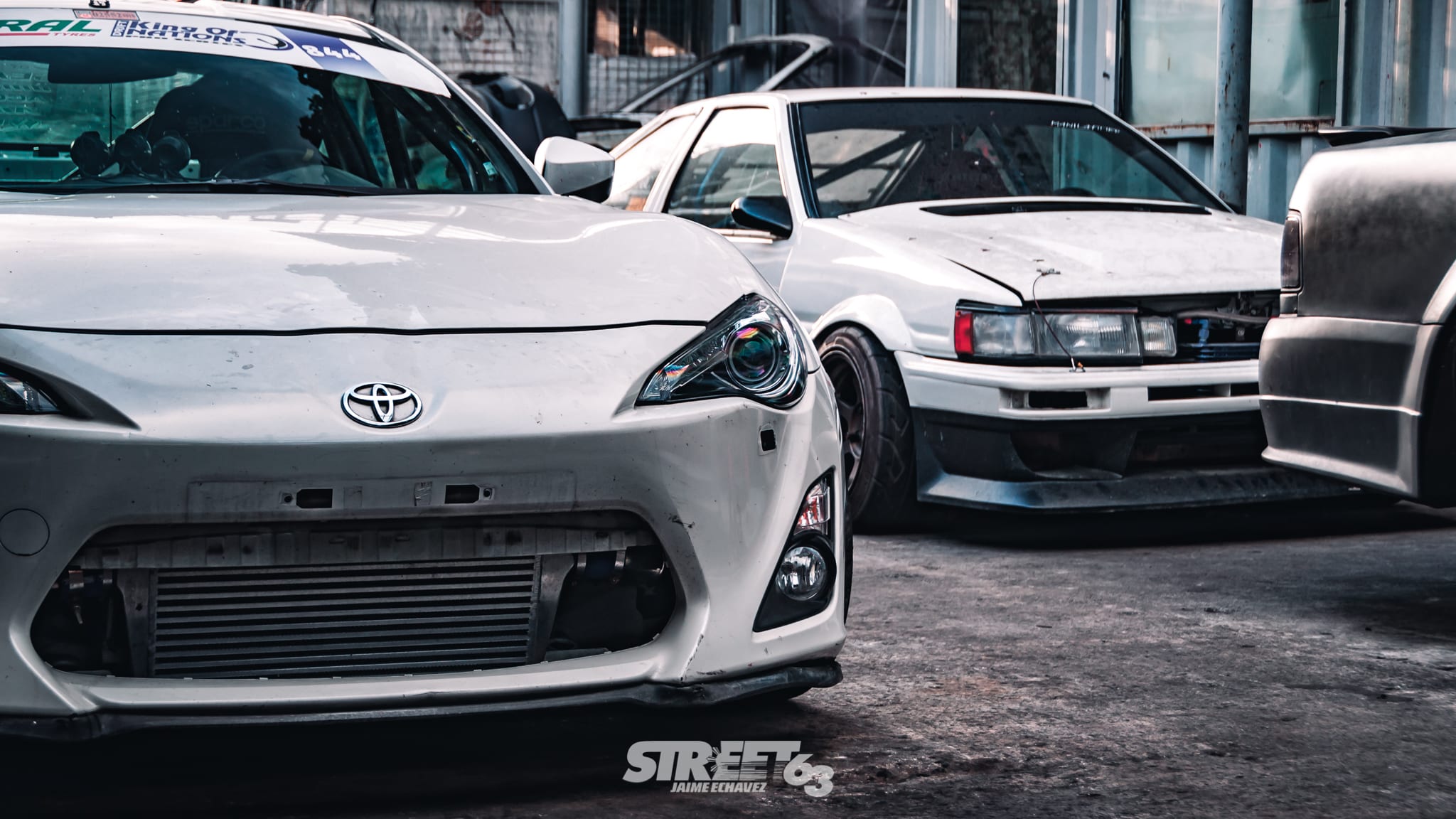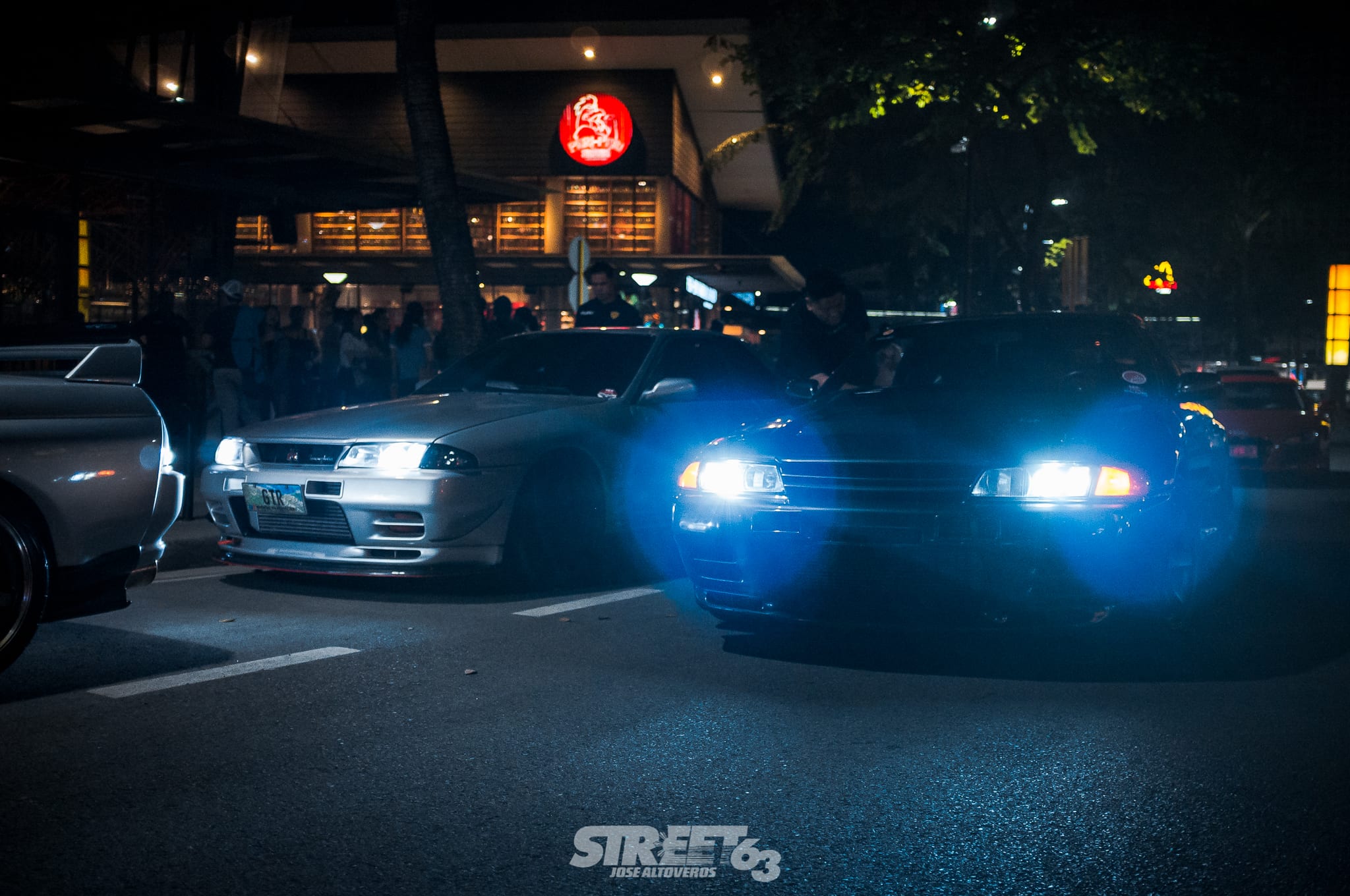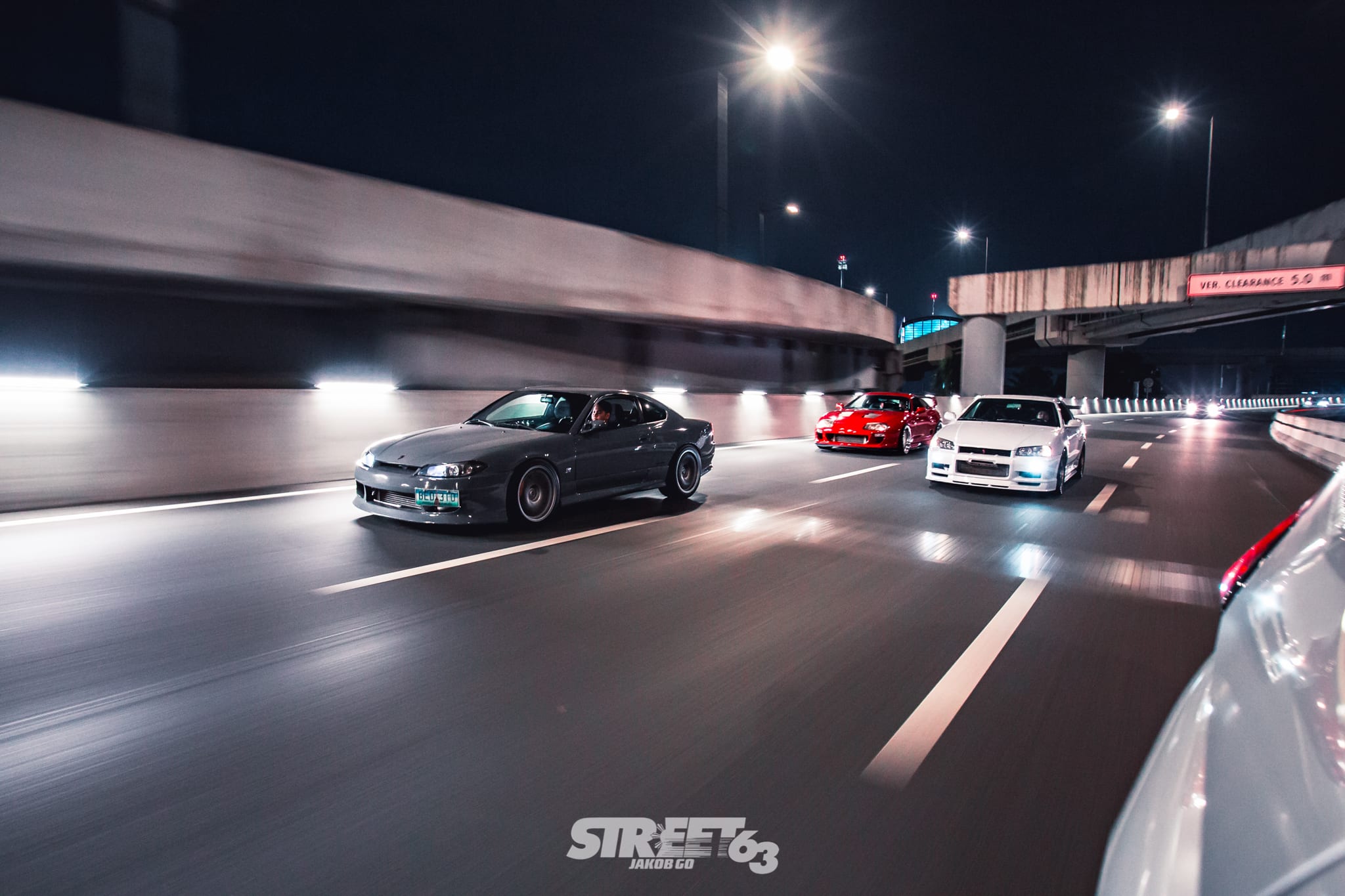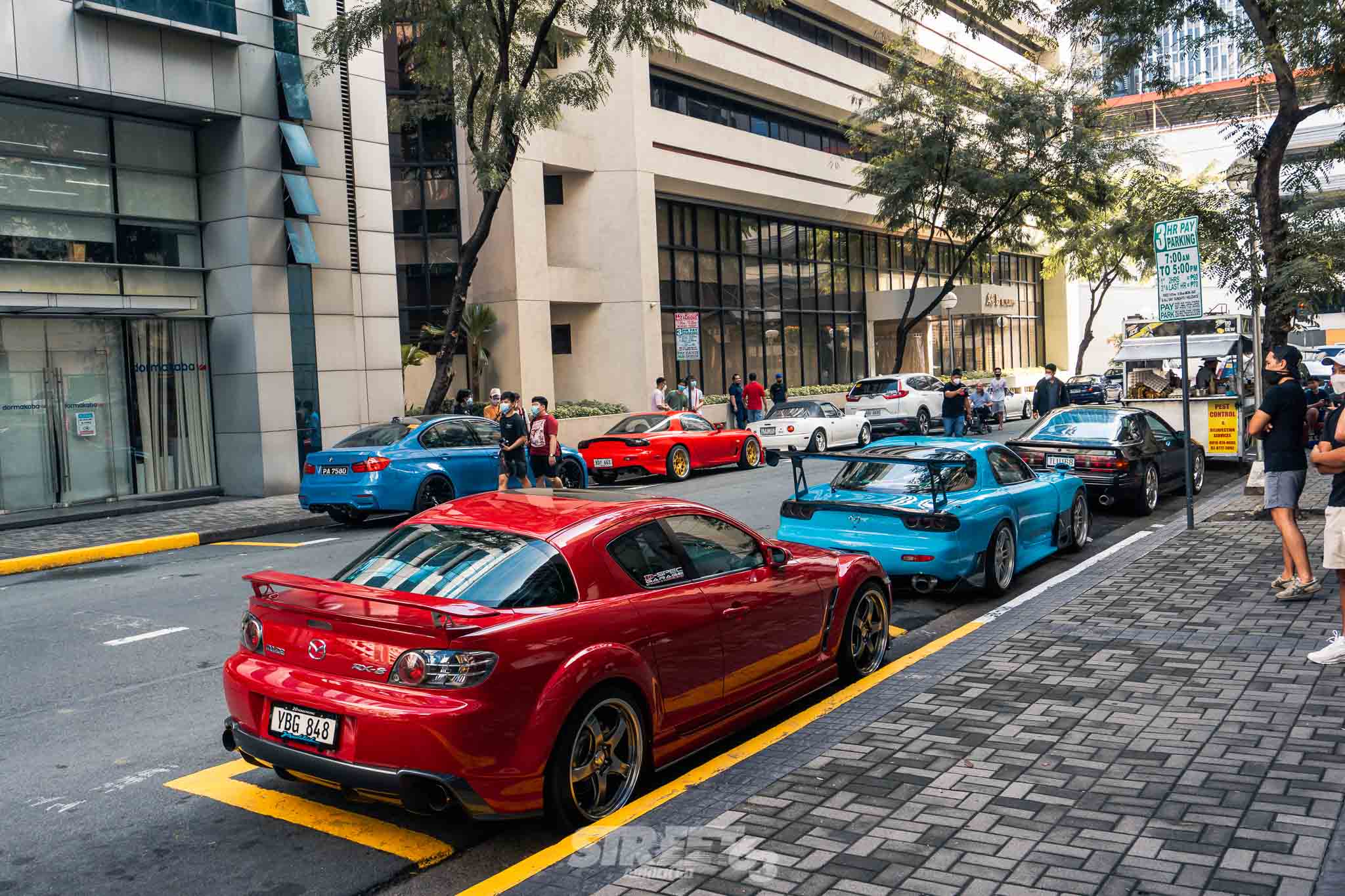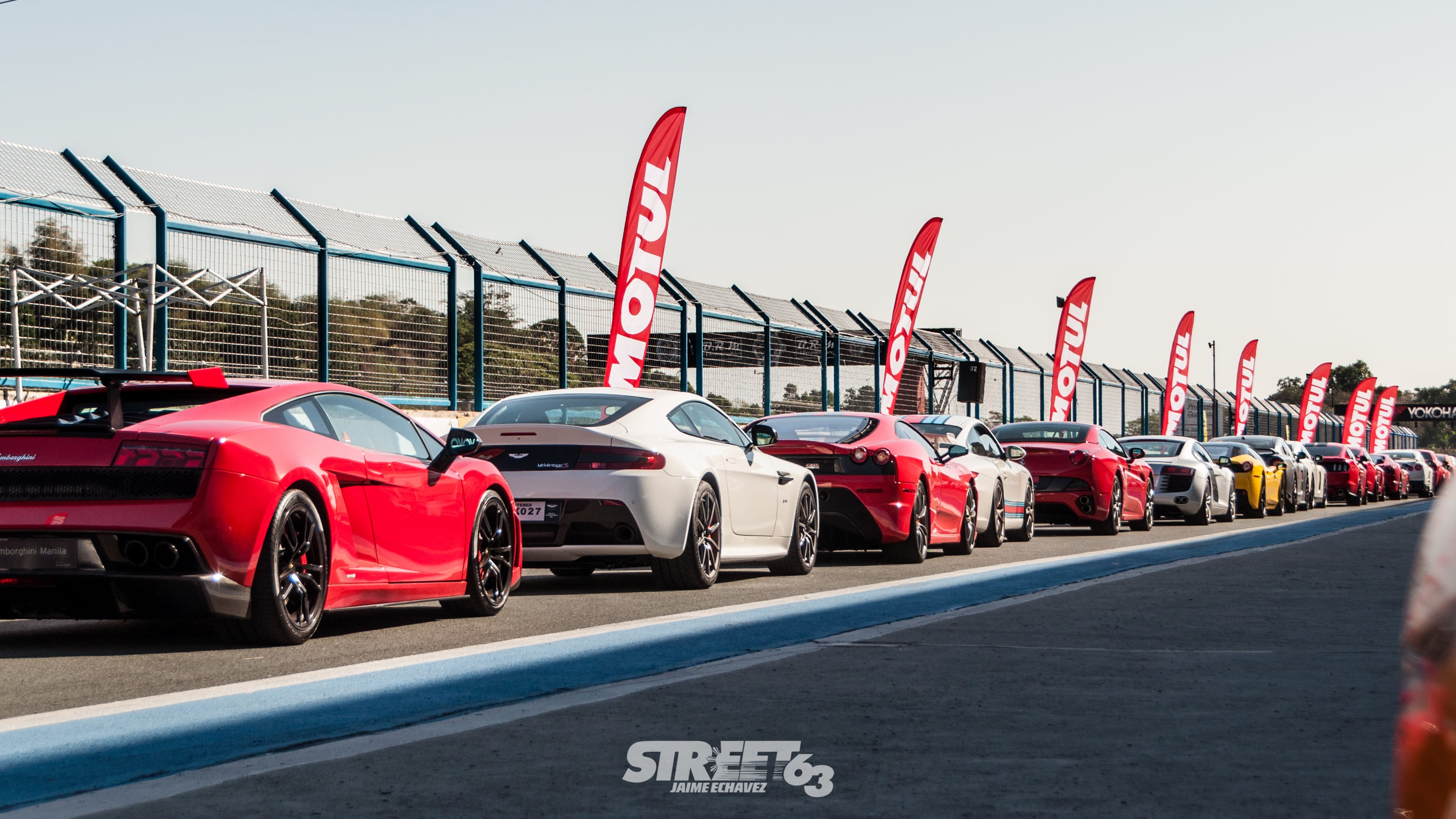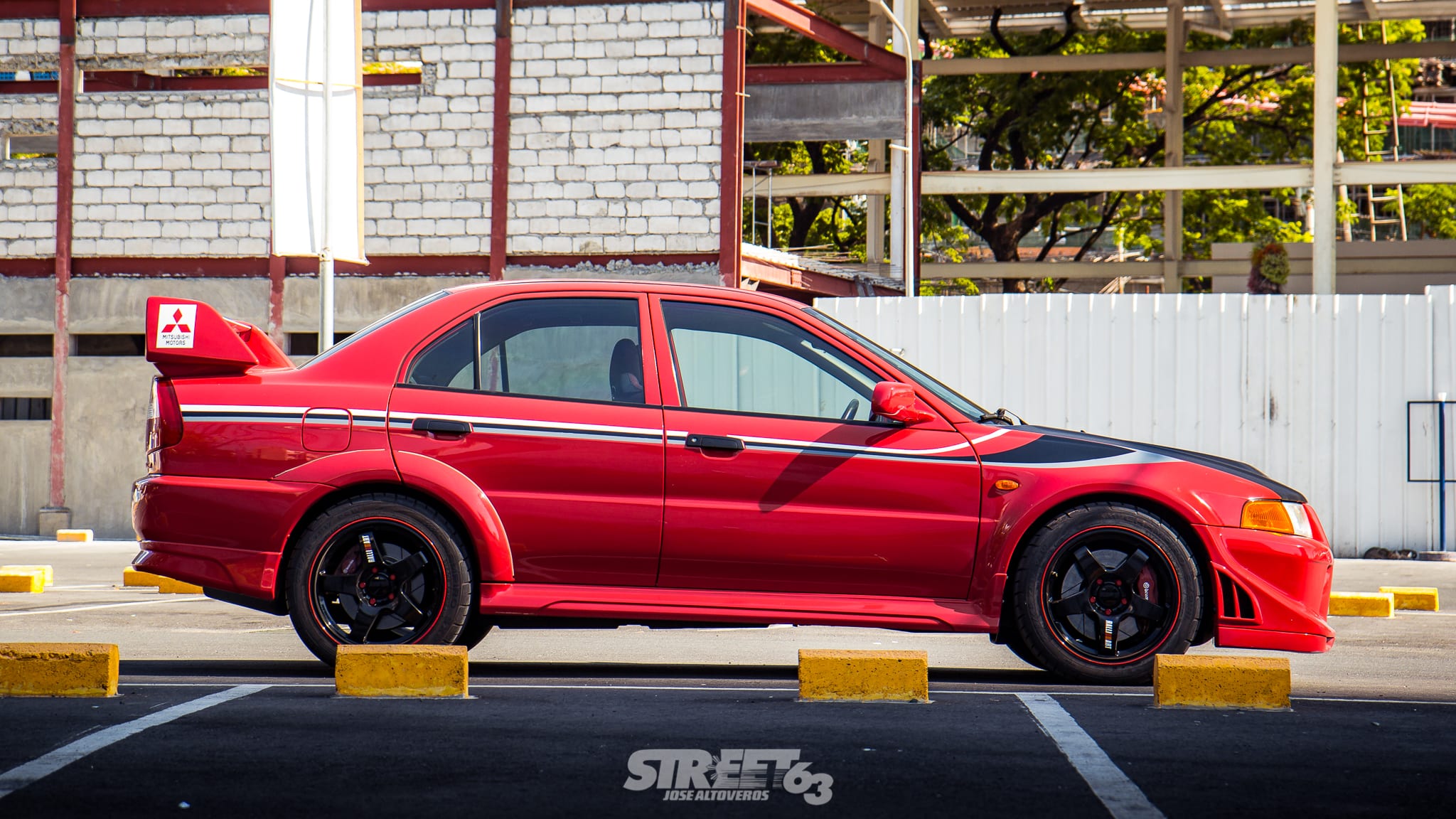Paper Light Juicebox: Lite-ION Lithium Ion Battery
Of all the things that we modify, tinker, and change with our cars, perhaps one of the last things that we all think of is upgrading our batteries. Truth be told you wouldn’t have much to change here – most Lead Acid batteries work the same way, all weigh fairly heavy, and would not have any bearing towards performance (unless you’re into audio, then you’ll need multiple). The Lead Acid battery then is treated as a mere consumable – change it every so often to keep your car cranking properly and working.
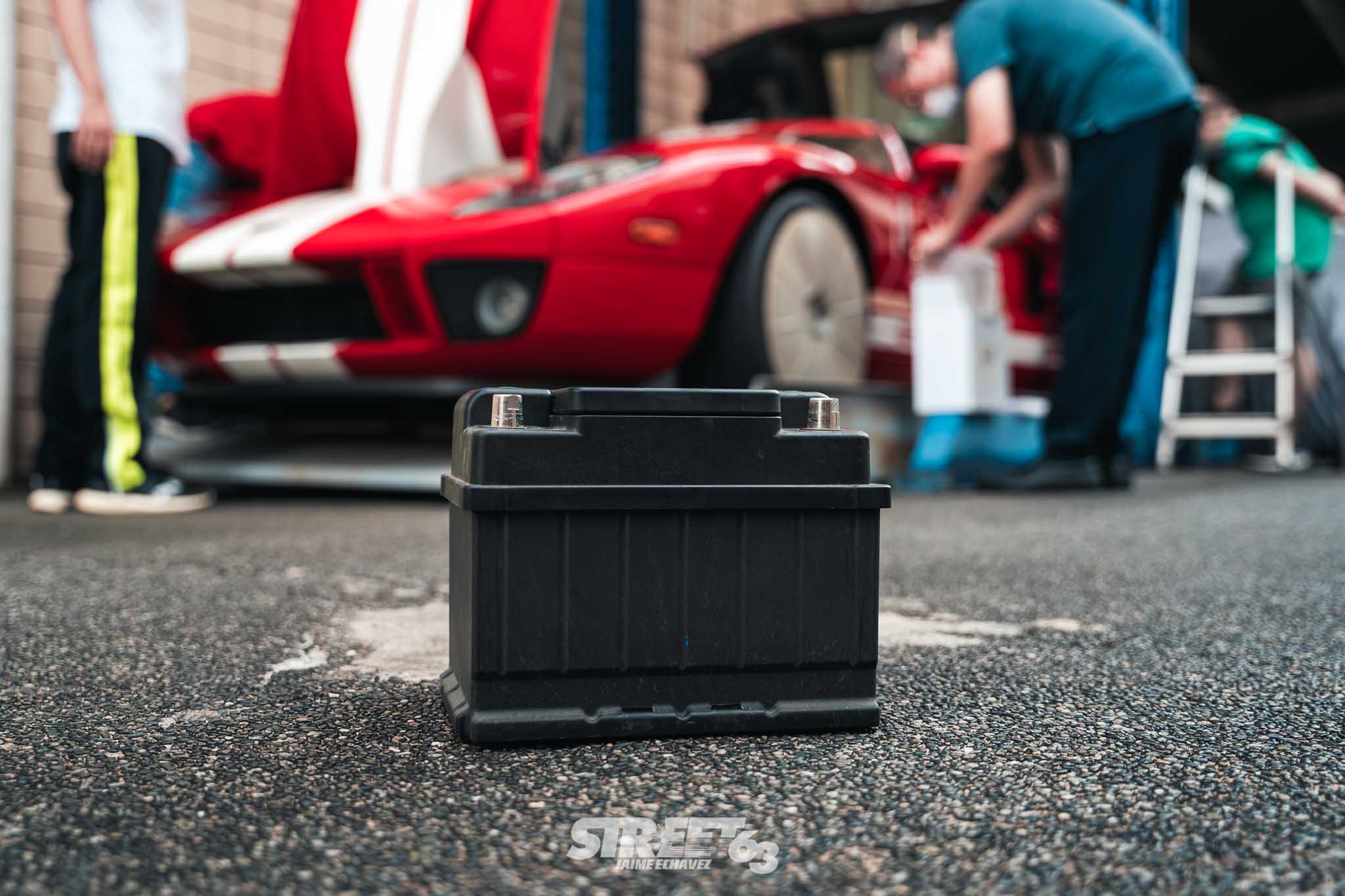
Over time, technology finds a way to make things more convenient for us. Phones can now do more than just make calls, modern vehicles have safety and entertainment to keep us in check as we travel, and in the case of the automotive battery the aftermarket has found a way to pretty much change the way we see the big box that keeps our cars juiced. Where we first thought performance cannot be gained in any, the car battery has now evolved into something that adds a lot more convenience to the otherwise heavy lump of lead. Meet the Lite-ION Lithium Ion Battery.
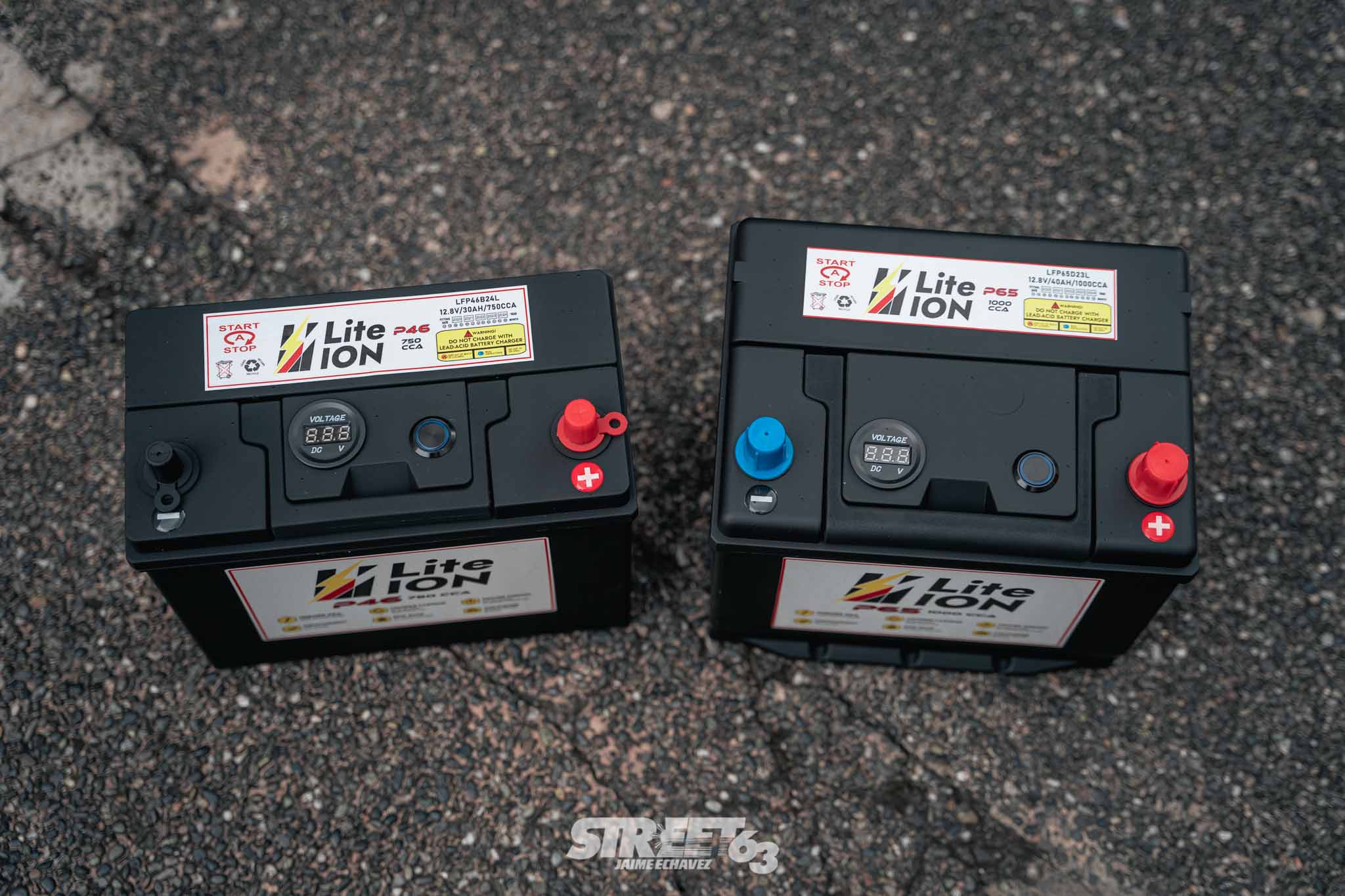
Lithium Ion batteries have been continuously developed over the past couple decades, and somehow anything and everything these days are now powered by them. While it started out with small devices like phones and tablets, Lithium Ion tech now finds its way towards automotive applications – and it appears to build on the conventional battery by leaps and bounds.

For starters, the most distinct feature of these types of batteries is their weight – or lack thereof. A standard 1SM lead acid battery tips the scales at around 15 to 16KG, quite a handful and a chore to carry around, not to mention a hefty weight penalty for your vehicle. The Lite-ION on the other hand weighs a mere 4.2KG, or 5.2KG if you choose the larger sizes – both significantly lighter compared to a normal battery. To give you an idea, saving 10KG in weight is similar to replacing your vehicle’s hood to fiberglass or carbon fiber, or removing an entire seat from your interior. All that weight just by replacing a battery with none of the inconvenience – that’s definitely an easy performance gain.

Aside from being light, the Lite-ION battery boasts a much stronger Cold Crank Ampere (CCA) than a lead acid battery. CCA is defined as the battery’s capability to crank your engine during a cold start, with a higher value giving better cranking capacity. While your standard battery runs about 500+ CCA, Lite-ION batteries have CCA values that starts at 660, and progressively get higher with the larger models with the highest having 1000 CCA – that’s double that of a standard battery.
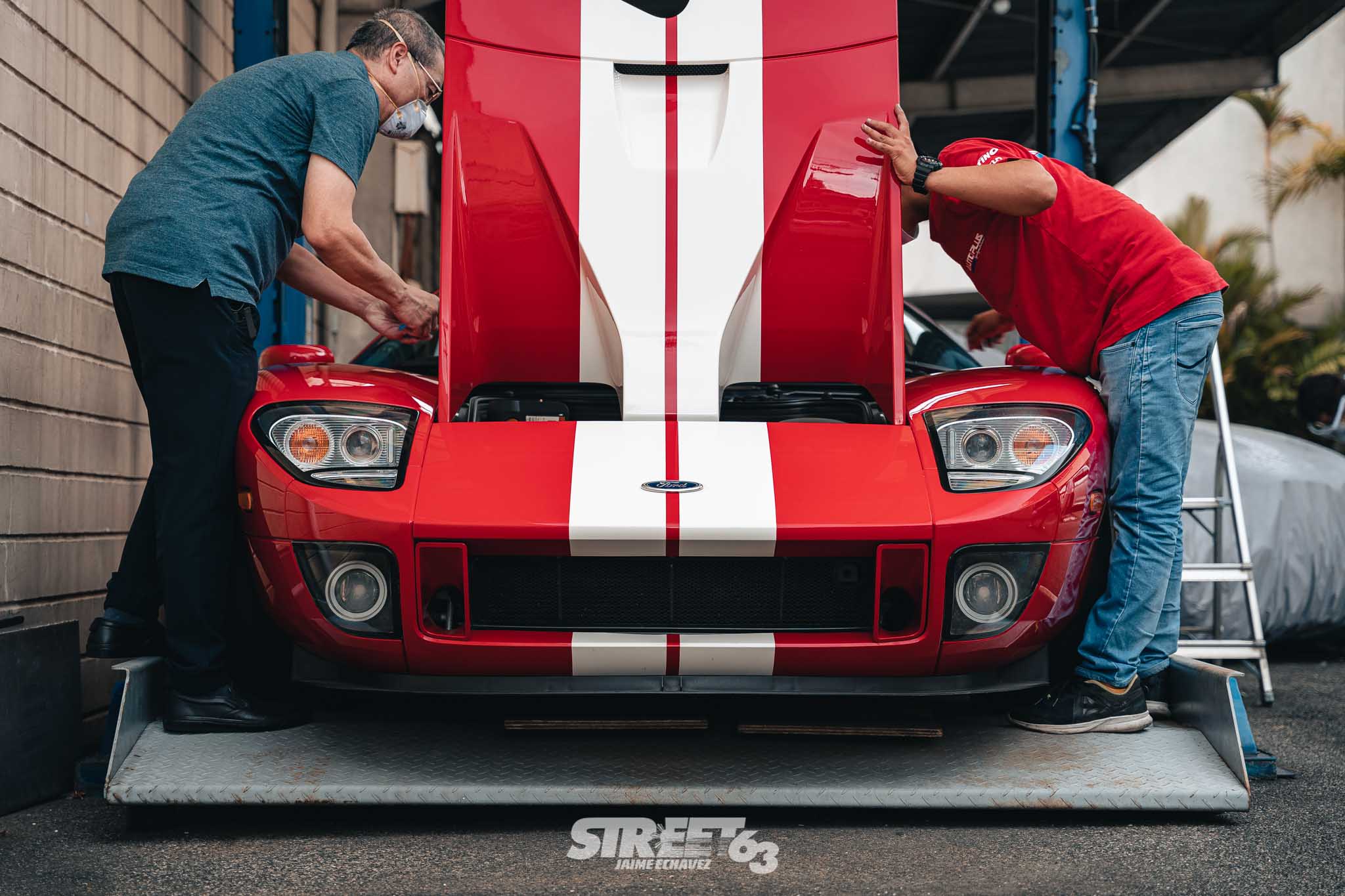
For folks who have cars that seldom get used, a battery tender/trickle charger is a familiar device to keep lead acid batteries juiced. Considering the properties of a Lithium Ion battery though, this is no longer a necessity for the Lite-ION battery. Lasting roughly twice as long, this battery can go for more cycles of use – just like how our phones have improved battery life over the years. To top that off, the Lite-ION battery comes with a button that can utilize emergency reserve energy when the battery is unable to crank the vehicle – no need for jumper cables and series jumping.

To demonstrate all this, here’s Autoplus Sport Center’s CEO Carlos Gono to talk us through the Lite-ION Battery as they wake their sleeping Ford GT from its slumber:
With the beast reawakened thanks to a fresh Lite-ION Battery, it’s high time to take a closer look at it, don’t you think? Don’t miss this space.
Interested in the Lite-ION Lithium Ion Battery? Get in touch with Autoplus Sports Center at (0956) 639 0580 or via their Facebook page.
Words by Aurick Go
Photos by Jaime Miguel Echavez

